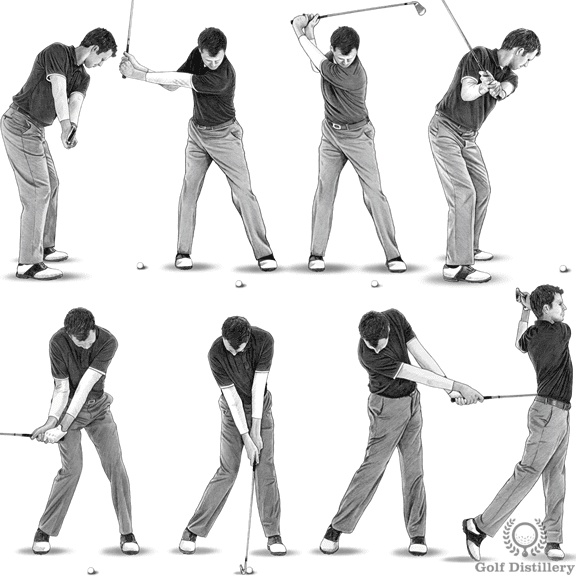To improve your golfing skills, it’s important to learn and master the fundamentals of the game. The grip, stance, swing, short game, and course management are all important aspects of golf. The grip involves choosing a comfortable grip that provides a firm hold on the club. The stance involves positioning your feet shoulder-width apart, with the ball in line with the center of your stance. The key to a good swing is a proper setup, a smooth backswing, and a solid follow-through. The short game is where the real magic happens, and course management involves planning for each hole to get the ball in the hole in as few strokes as possible.
Golfing Fundamentals: Tips and Techniques
Introduction
Golf is a game that requires a lot of focus, patience, and skill. To become a great golfer, it’s important to learn and master the fundamentals of the game. In this article, we’ll discuss some tips and techniques that will help improve your golfing skills.
The Grip
The first fundamental of golf is the grip. There are different types of grips, but the most commonly used are the overlapping grip and the interlocking grip. The overlapping grip involves placing the little finger of the trailing hand over the index finger of the leading hand. With the interlocking grip, the little finger of the trailing hand is placed between the index finger and middle finger of the leading hand. Whichever grip you choose, make sure it feels comfortable and provides a firm hold on the club.
The Stance
The next fundamental is the stance. Your feet should be shoulder-width apart, and your weight should be evenly distributed between both feet. The ball should be positioned in line with the center of your stance, and your feet should be perpendicular to the target line. Keep your knees slightly bent and your back straight.
The Swing
The swing is the most important part of the game. The key to a good swing is a proper setup, a smooth backswing, and a solid follow-through. Start by taking a few practice swings to get a feel for the club. When you’re ready to hit the ball, keep your eyes on the ball, and take a smooth backswing. As you begin your downswing, shift your weight onto your front foot and allow your hips to rotate. Finally, follow through with a complete finish, keeping your head down and your eyes on the ball until it’s well on its way.
Short Game
The short game is where the real magic happens in golf. It’s important to practice your chipping and putting to improve your accuracy and consistency around the green. Choose a landing spot and focus on getting the ball to that spot. Use your legs to control the swing, and keep your hands and wrists steady.
Course Management
Course management is an often-overlooked aspect of golf. As you improve your skills, you’ll develop a better understanding of how to play different holes and manage your shots. Take some time to study the course before you play, and make a plan for each hole. Remember, the goal is not to hit the longest shot but to get the ball in the hole in as few strokes as possible.
Conclusion
Improving your golfing skills takes time and practice. By mastering the fundamentals and developing a strong foundation, you’ll be on your way to becoming a great golfer. Remember, focus on your grip, stance, and swing, practice your short game, and develop a game plan for each hole. With consistency and dedication, you’ll see improvement in no time. Happy golfing!
